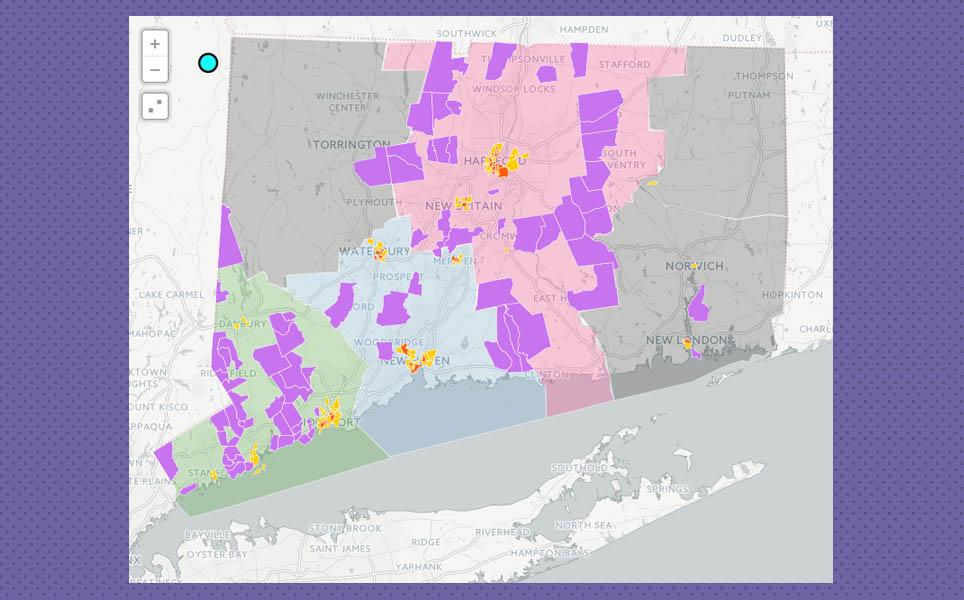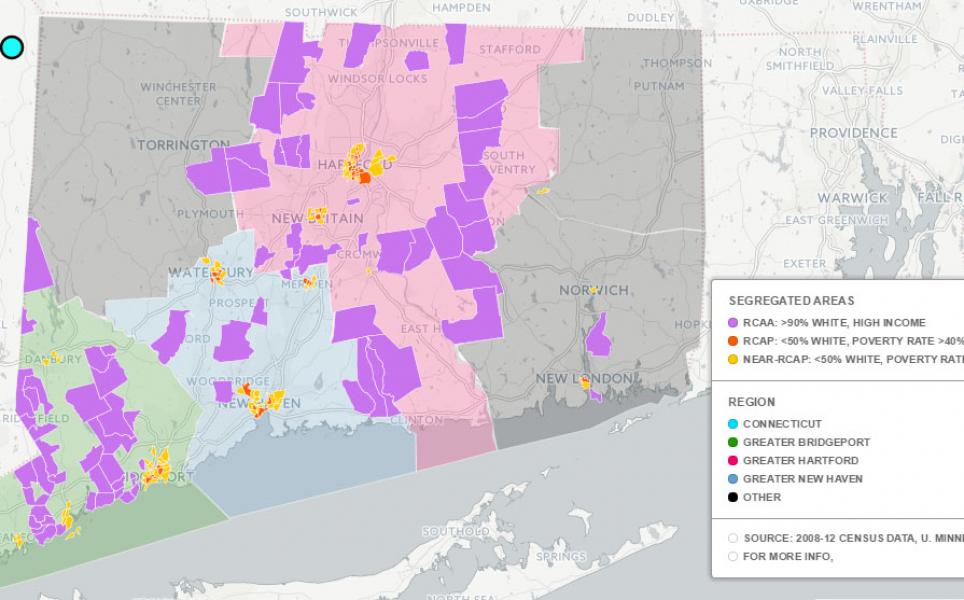[Excerpt from feature article by Tom Condon, CT Mirror]
A quarter century ago, downtown Hartford was 8/5 rather than 24/7. People drove in for work or UConn games and then headed back to the suburbs. It was hard to even buy a cup of coffee on weekends. That has changed. With 1,500 new apartments completed or in construction, a new UConn branch, new transportation options and minor league baseball, the downtown area is coming back to life. But just blocks from the theaters and elegant restaurants are some of the poorest neighborhoods in the state.
New Haven has followed a similar path.
A massive investment by Yale University that began in the 1990s has helped turn downtown New Haven into a destination, with the state’s tallest residential building, a second train station and a host of hip bars and restaurants.
[....]
“Inclusive revitalization” — defined by The Urban Institute as overcoming economic distress in a way that provides the opportunity for all residents, especially historically excluded populations, to benefit and contribute — has become a hot topic among people who study urban policy, the subject of research papers, symposia and a well-received new book, “The Divided City: Poverty and Prosperity in Urban America” by planner and author Alan Mallach (Island Press). The issue is important to Connecticut because better functioning cities mean more opportunities for residents, more local commerce and a stronger state economy. It could help reverse the growing — jarring — chasm between the haves and have-nots.
According to an analysis of the 2013-17 U.S. Census American Community Survey by the New Haven-based nonprofit analytics firm DataHaven, the 10 poorest census tracts in the state are in Hartford (4) Bridgeport and Waterbury (2 each) New Haven and Meriden (1 each). In 2017, the average family income in these areas was $29,000.
The 10 wealthiest tracts can be found in Greenwich (5), New Canaan (3) and Darien (2), The average family income in these gilded swaths is $490,000, 17 times that of their neighbors in the bottom 10. That ratio has almost doubled since 1980, when family incomes in the wealthy tracts were a mere nine times higher than those in the poorer areas.
[....]
Link:
https://ctmirror.org/2019/09/19/reviving-cities-must-include-the-excluded/







